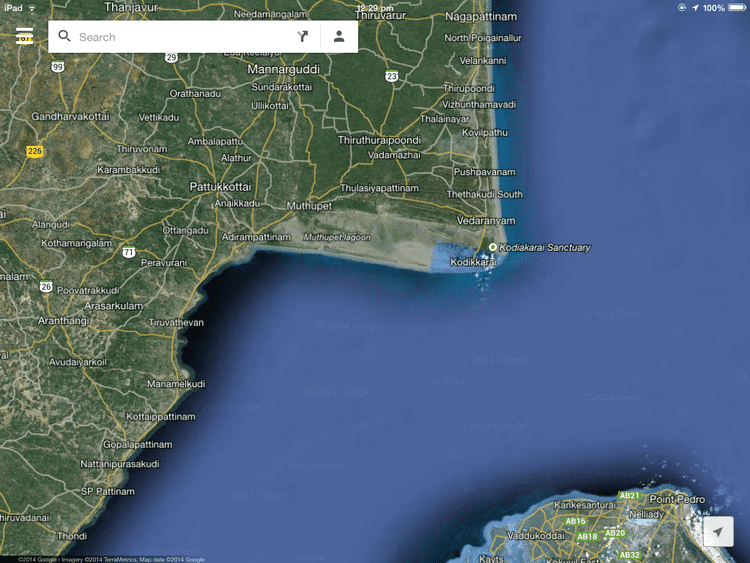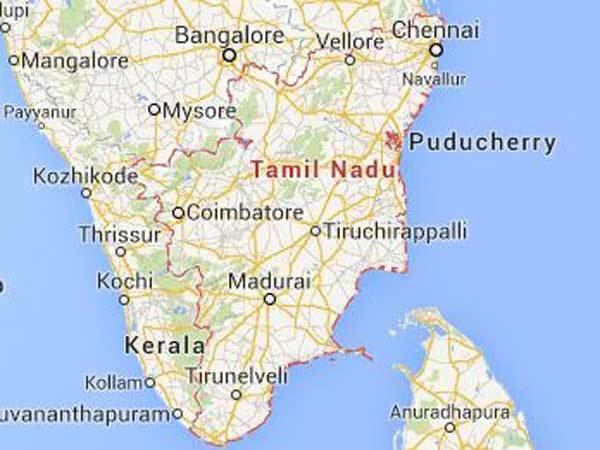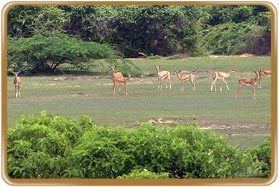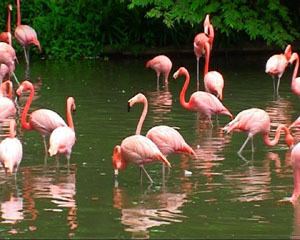 | ||
Similar Mayuranathaswami Temple - Mayiladuthurai, Kayarohanaswami Temple - Nagapattinam, Poompuhar beach, Kazheesirama Vinnagaram, Vedaranyeswarar temple | ||
Point calimere
Point Calimere, also called Cape Calimere, (Tamil: கோடியக்கரை Kodiakkarai), is a low headland on the Coromandel Coast, in the Nagapattinam district of the state of Tamil Nadu, India. It is the apex of the Cauvery River delta, and marks a nearly right-angle turn in the coastline. A historic landmark here was the Chola lighthouse, destroyed in the tsunami of 2004.
Contents

The forests of Point Calimere, also known the Vedaranyam forests, are one of the last remnants of the dry evergreen forests that were once typical of the East Deccan dry evergreen forests ecoregion. The Point Calimere Wildlife Sanctuary, with an area of 24.17 km2, was created on June 13, 1967. The sanctuary includes the cape and its three natural habitat types: dry evergreen forests, mangrove forests, and wetlands. In 1988, the sanctuary was enlarged to include the Great Vedaranyam Swamp and the Talaignayar Reserve Forest, and renamed the Point Calimere Wildlife and Bird Sanctuary, with a total area of 377 km2. Point Calimere is home to the endangered endemic Indian blackbuck and is one of the few known wintering locations of the spoon-billed sandpiper. It also holds large wintering populations of greater flamingos in India. The area is dotted with salt pans and these hold large crustacean populations that support the wintering bird life. Pesticide residues running off from agricultural fields and shrimp farms has entered the ecosystem and many species have high concentrations of DDT and HCH in their tissue.

Not far from Point Calimere is the mangrove forest of Muthupet.
Point Calimere is also associated with the mythological Hindu epic, The Ramayana. The highest point of the cape, at an elevation of 4 m, is Ramarpatham,"Rama’s feet" in Tamil. A stone slab bears the impressions of two feet and is understood to be the place where Rama stood and reconnoitered Ravana’s kingdom in Sri Lanka, which lies 48 km. to the south.

View from ramar padam point calimere
Cultural Heritage
Several sites of religious, historical or cultural importance are located within the sanctuary:

